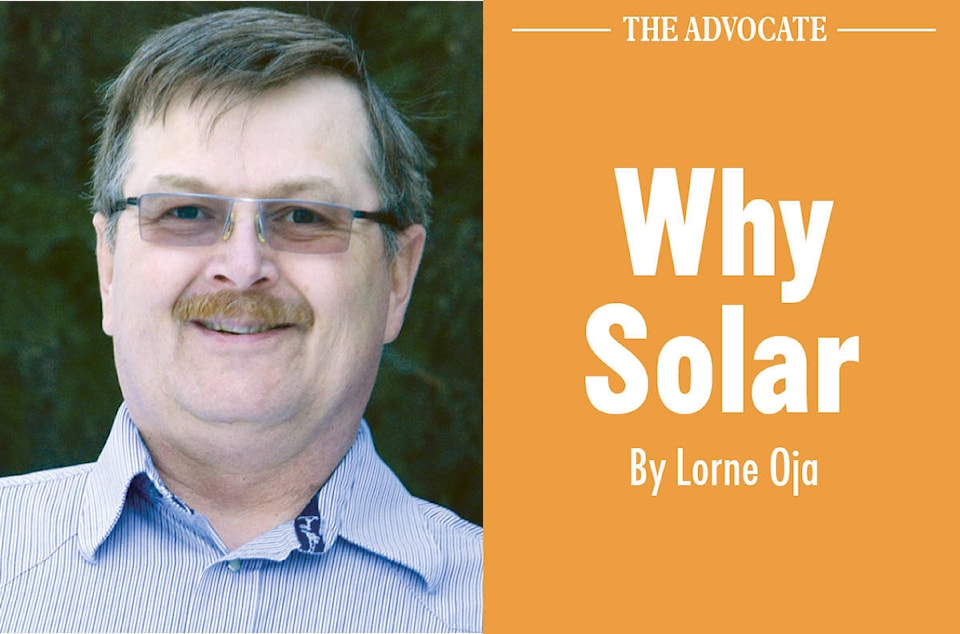Alaska’s Arctic National Wildlife Refuge consists of 19 million acres on the northern shores of the state of Alaska. It borders the Beaufort Sea; Canada’s Yukon Territory to the east, to the west, the foothills of the Brooks Range and the southern boundary is just north of the Arctic Circle. Citing energy independence, in a bid to dominate the industry, the current American administration is seriously considering oil exploration in Section 1002, or “ten- O-two” of the refuge.
It is estimated the reservoir contains more than 10 billion barrels of hydrocarbon in an area protected by federal law, but coveted by the energy industry operating in the Prudhoe Bay field for the last fifty years. The push for America to become “great again”, frames both the massive requirement for fossil fuels and the innovative technologies developed to procure this form of energy.
Economics are one justification the indigenous Inupiat peoples mention in favor of the expansion. Others, from the Gwich’in Tribe, are starkly opposed. They point to the calving grounds of the Porcupine Caribou herd, and denning sites of female polar bear as reason enough for keeping the ANWR regulations in force.
No matter which argument is subscribed to, the world needs energy, period. The lack of the energy necessary to obtain drinkable water, to protect from the elements, or provide means of transportation, is the precursor of poverty and ultimately, conflict. Large migrations of refugees, fleeing unbearable conditions to prevent the suffering of their children becomes inevitable.
The first week of January has seen the ninth annual conference for IRENA, the International Renewable Energy Agency, in Abu Dhabi. Highlighting the conference was the report; A new World: The Geopolitics of Energy Transformation, which was funded by Norway, Germany, and the United Arab Emirates. Former Iceland president Olafur Ragnar Grimsson stated, “This report represents the first comprehensive analysis of the geopolitical consequences of the energy transition driven by renewables, and a key milestone in improving our understanding of this issue. The renewables revolution enhances the global leadership of China, reduces the influence of fossil fuel exporters and brings energy independence to countries around the world. A fascinating geopolitical future is in store for countries in Asia, Africa, Europe and the Americas. The transformation of energy brings big power shifts.”
Large infrastructure projects are impractical for most of the poor and destitute of the world. Rarely do those that need energy the most, directly benefit. Indubitably, countries without hydrocarbon resources are shackled by an additional, intractable handicap. By comparison, small alternate energy systems easily benefit tiny communities in outlying areas of developing countries.
As renewables become increasingly affordable, and with advances in storage solutions, and battery technologies, the conference concluded “the changeover to renewables will offer many nations increased energy independence” and “a democratization of the energy supply”
Energy is freedom; personal energy freedom will reduce poverty, and help curb the rising unrest that is becoming all too common. Trump’s America may become the world’s number one producer of something few need.
Lorne Oja can be reached at lorne@carbon2solar.com
